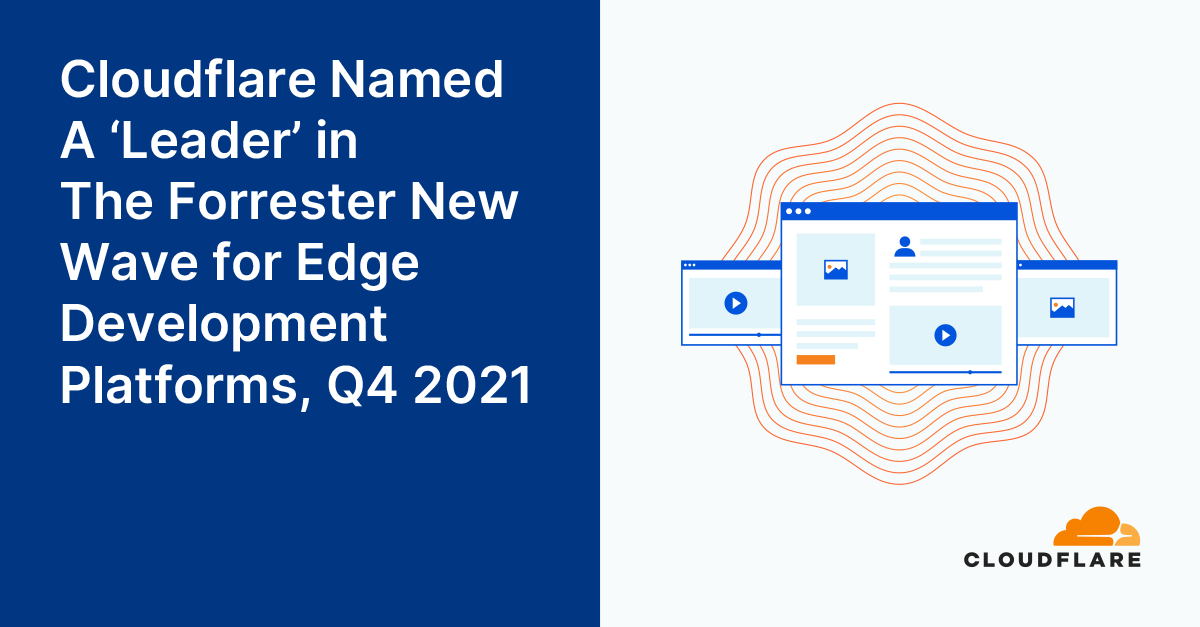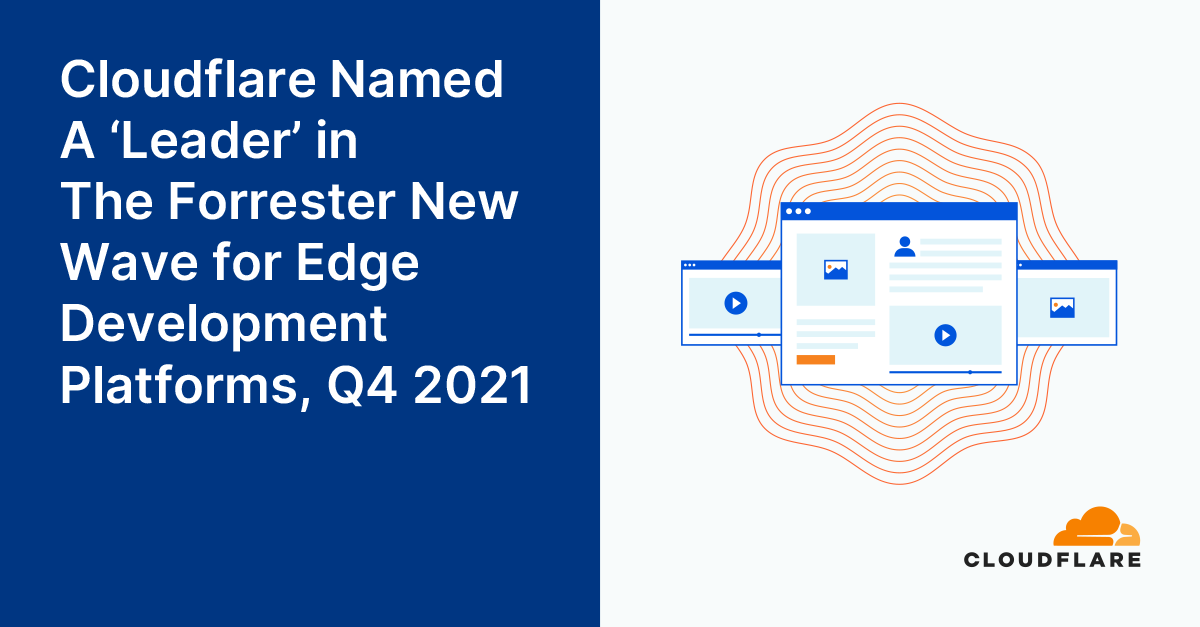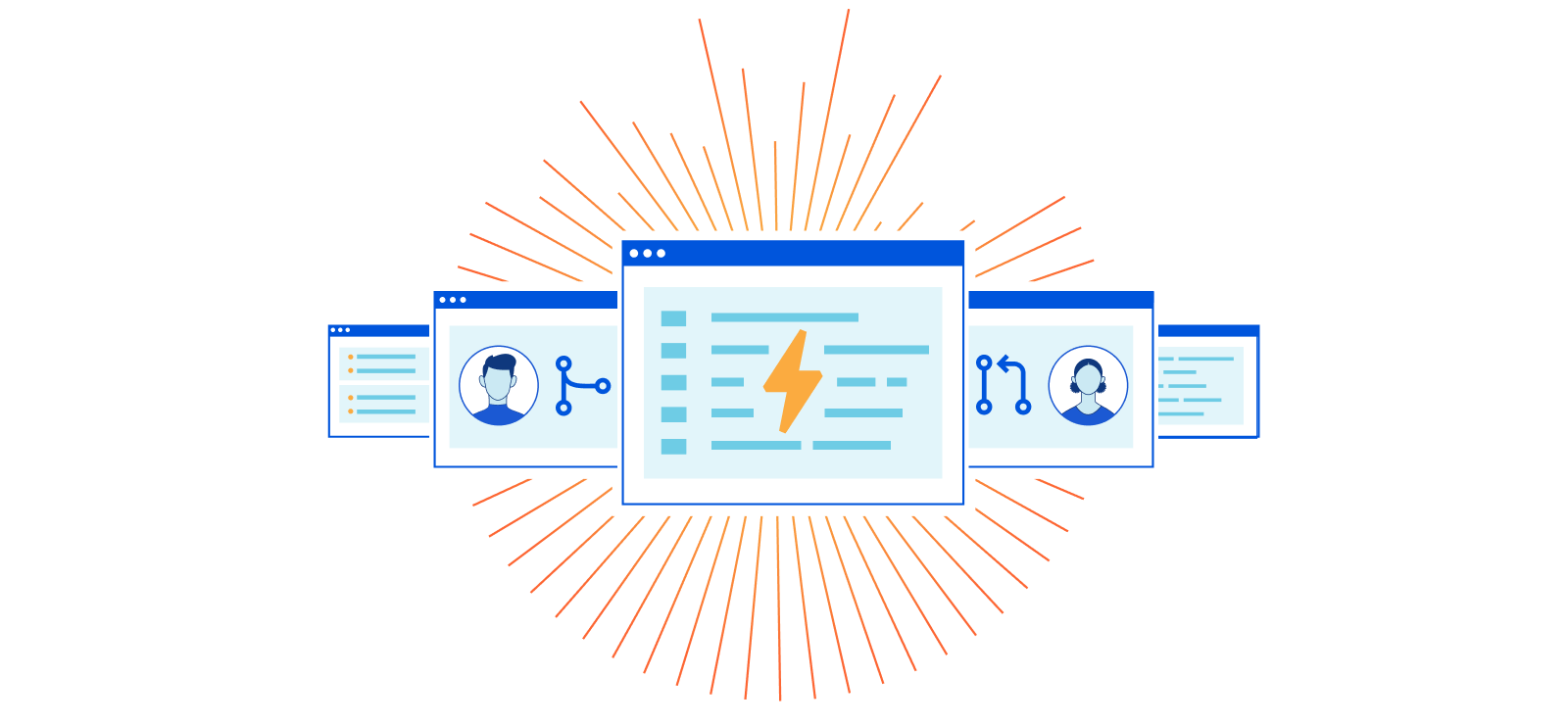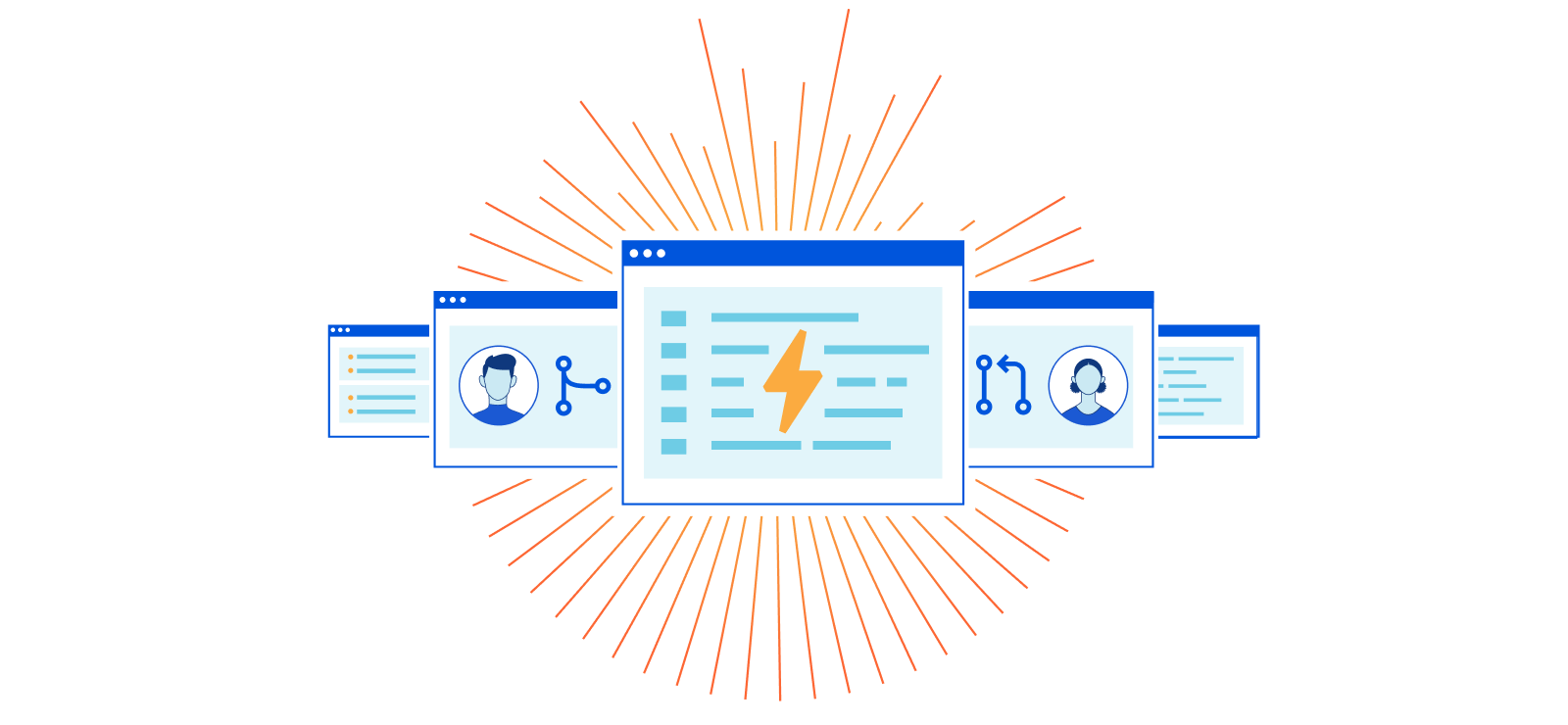The New Normal is Insecure by Default
Organizations are tacitly agreeing to accept greater risk by moving quickly without equal attention to security. The new normal we heard so much about throughout the pandemic is apparently “insecure by default.”Day Two Cloud 121: Building Cool Things With GraphQL And AWS AppSync
Today's Day Two Cloud is a nerdy show on GraphQL and AWS AppSync and what you can do with these tools. Our guest is Amrut Patil, a senior software engineer using these tools.
The post Day Two Cloud 121: Building Cool Things With GraphQL And AWS AppSync appeared first on Packet Pushers.
Day Two Cloud 121: Building Cool Things With GraphQL And AWS AppSync
Today's Day Two Cloud is a nerdy show on GraphQL and AWS AppSync and what you can do with these tools. Our guest is Amrut Patil, a senior software engineer using these tools.The VMworld Aftermath: Continue Cutting Edge Learning with VMware’s Solution Spotlight 2021 Webcast Series
If you attended VMworld 2021 and you’re already itching for more learning, we have just the thing for you. Join our new upcoming VMware Solution Spotlight 2021 webcast series. You will be able to extend your learning and get answers to your burning questions by taking a technical deep dive into the innovations that are driving the Virtual Cloud Network.
The series experts will be hosting a live Q&A session and will be covering:
- The next step delivering converged network and security services with SASE – secure access service edge
- How cyberthreats and vulnerability exploits are accelerating the transformation of application security
- Advancements to the VMware security portfolio, including segmentation, distributed IDS/IPS, and advanced threat protection (ATP) inside the data center at scale
The three-part Cloud Networking Thursday series will take place on November 11th, November 18th, and wrap up on December 2nd.
Check out a brief synopsis of each session to see the right fit for you:
Learn How Your Enterprise Gets the Edge with SASE (11/11):
- Secure access service edge (SASE) is the next step in the evolution of SD-WAN, and VMware has a unique approach to Continue reading
Hedge 106: Compositional Network Modeling and Zen
One topic of constant discussion among network engineers is the basic problems surrounding network modeling, which leads to configuration, telemetry, and troubleshooting. In this episode of the Hedge, Ryan Beckett, Tom Ammon, and Russ White discuss Zen, a general framework for compositional network modelling.
Arista Partnering with Google Cloud to Deliver Hybrid Cloud and Multi-Cloud Connectivity
Arista has a long history of joint development with hyper-scale cloud providers delivering innovative solutions for a broad range of customers. Our integration with Google Cloud and Network Connectivity Center is a testament to that ongoing innovation and abstracting complex networking challenges making them simple and agile for IT clients worldwide.
Cloudflare recognized as a ‘Leader’ in The Forrester New Wave for Edge Development Platforms


Forrester’s New Wave for Edge Development Platforms has just been announced. We’re thrilled that they have named Cloudflare a leader (you can download a complimentary copy of the report here).
Since the very beginning, Cloudflare has sought to help developers building on the web, and since the introduction of Workers in 2017, Cloudflare has enabled developers to deploy their applications to the edge itself.
According to the report by Forrester Vice President, Principal Analyst, Jeffrey Hammond, Cloudflare “offers strong compute, data services and web development capabilities. Alongside Workers, Workers KV adds edge data storage. Pages, Stream and Images provide higher level platform services for modern web workloads. Cloudflare has an intuitive developer experience, fast, global deployment of updated code, and minimal cold start times.”

Reimagining development for the modern web
Building on the web has come a long way. The idea that one might have to buy a physical machine in order to build a website seems incomprehensible now. The cloud has played a major role in making it easier for developers to get started. However, since the advent of the cloud, things have stalled — and innovation has become more incremental. That means that while developers Continue reading
Custom Headers for Cloudflare Pages


Until today, Cloudflare Workers has been a great solution to setting headers, but we wanted to create an even smoother developer experience. Today, we're excited to announce that Pages now natively supports custom headers on your projects! Simply create a _headers file in the build directory of your project and within it, define the rules you want to apply.
/developer-docs/*
X-Hiring: Looking for a job? We're hiring engineers
(https://www.cloudflare.com/careers/jobs)What can you set with custom headers?
Being able to set custom headers is useful for a variety of reasons — let’s explore some of your most popular use cases.
Search Engine Optimization (SEO)
When you create a Pages project, a pages.dev deployment is created for your project which enables you to get started immediately and easily preview changes as you iterate. However, we realize this poses an issue — publishing multiple copies of your website can harm your rankings in search engine results. One way to solve this is by disabling indexing on all pages.dev subdomains, but we see many using their pages.dev subdomain as their primary domain. With today’s announcement you can attach headers such as X-Robots-Tag to hint to Google and other search Continue reading
EVPN/VXLAN Complexity
We have school holidays this week, so I’m reposting wonderful comments that would otherwise be lost somewhere in the page margins. Today: Minh Ha on complexity of emulating layer-2 networks with VXLAN and EVPN.
Dmytro Shypovalov is a master networker who has a sophisticated grasp of some of the most advanced topics in networking. He doesn’t write often, but when he does, he writes exceptional content, both deep and broad. Have to say I agree with him 300% on “If an L2 network doesn’t scale, design a proper L3 network. But if people want to step on rakes, why discourage them.”
EVPN/VXLAN Complexity
We have school holidays this week, so I’m reposting wonderful comments that would otherwise be lost somewhere in the page margins. Today: Minh Ha on complexity of emulating layer-2 networks with VXLAN and EVPN.
Dmytro Shypovalov is a master networker who has a sophisticated grasp of some of the most advanced topics in networking. He doesn’t write often, but when he does, he writes exceptional content, both deep and broad. Have to say I agree with him 300% on “If an L2 network doesn’t scale, design a proper L3 network. But if people want to step on rakes, why discourage them.”
vmWare vRealize Automation (with embedded vRO) – Full Example of Custom Resources for Executing Ansible Playbooks from Blueprints
This articles exists because I spend a lot of time in the last year inside vmware vRealize Automation (vRA) that includes an embedded vRealize Orchestrator (vRO) on a undisclosed project. And the main take-away is that the documentation in certain aspects that are on the edge of new features of vRA/vRO are, to put it mildly “documented in a very chaotic way”. Additionally, what worked in vRA 8.0 – 8.2 suddenly stopped working in 8.3 and 8.4 when upgraded. So this product is not yet as stable as I would like and for this article it means that it will probably be completely outdated in a year or so. Nevertheless I wanted to put together a simple example that is working end-to-end and providing practical jump of point for building more.
And I have decided that bridging vRA/vRO with traditional Ansible playbook is a good idea for an example. Because it combines the vRAs great Infrastructure As A Code (IaaS) capabilities of using blueprints with a more infrastructure focused automation of Ansible. We will be building an abstract object on a blueprint (these types of objects are called “custom resource” because you are defining what they Continue reading
What to Expect as the Era of Data Center Quantum Computing Nears
Although we’re still a decade out before quantum computing fully permeates data centers, enterprises should already begin planning in strategic areasFull Stack Journey 059: Composing Event-Driven Applications With TriggerMesh
Today on the Full Stack Podcast we dive into TriggerMesh, an open-source platform for putting together event-driven applications. It's built on Kubernetes. Scott Lowe speaks with co-founder and CEO Mark Hinkle.
The post Full Stack Journey 059: Composing Event-Driven Applications With TriggerMesh appeared first on Packet Pushers.

